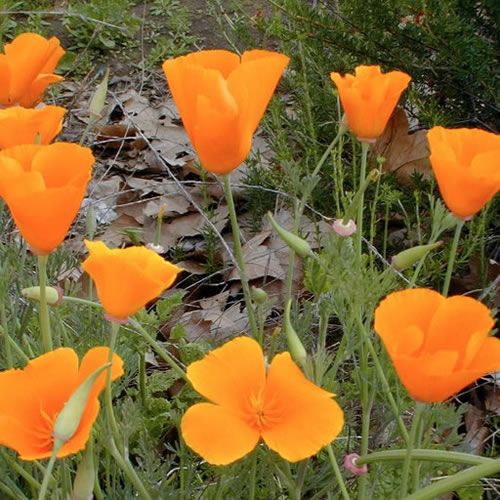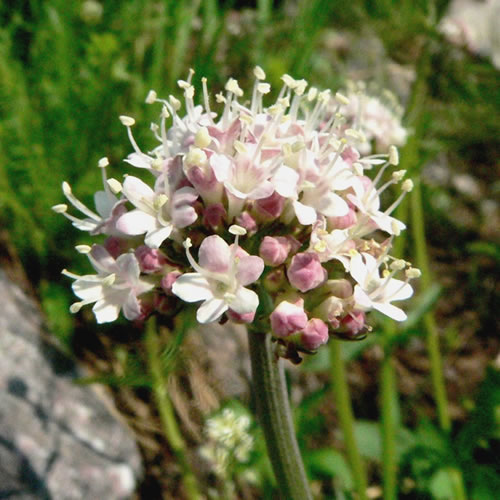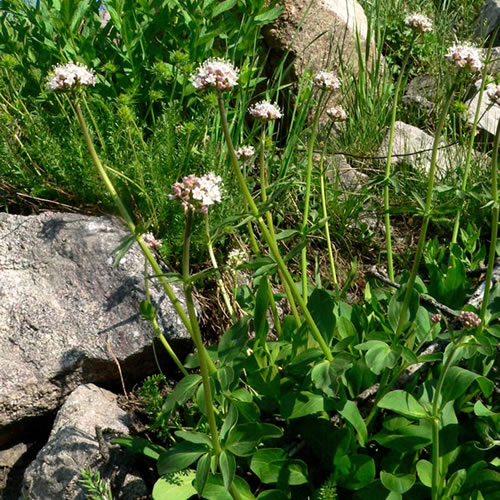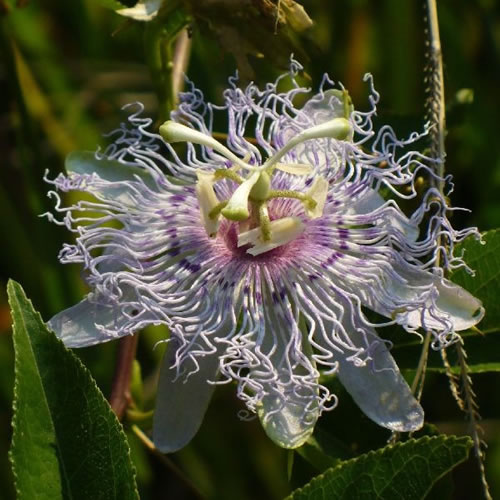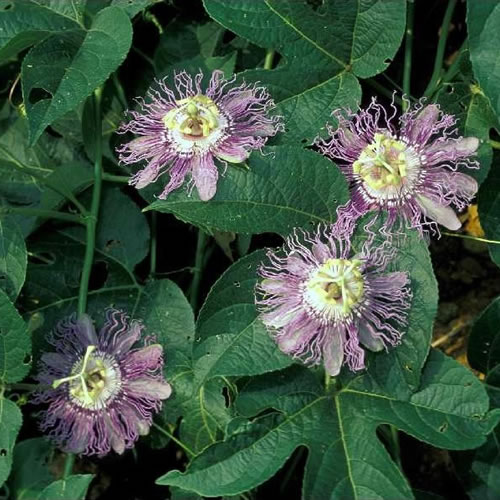Sedatives

Sedatives are compounds that calm people, reduce anxiety, decrease awareness of one’s surroundings, or lessen one’s physical ability. These substances may cause perceptual changes especially dreams or cause feelings of euphoria. Psychoactive plants and compounds in this group include poppy, valerian, and passionflower.
California Poppy, Golden Poppy (Eschscholzia californica)
The beautiful California poppy is indigenous to western North America and is the official state flower of California. At least ten other species of Eschscholzia are found in California. The genus was named in honor of Dr. J. F. Eschscholz, a Russian naturalist and surgeon who served in the Russian expeditions to the Northwest in the early 1800s.
The California Indians have used the golden poppy for medicinal and psychoactive purposes since prehistoric times. All parts of the plant (leaves, flowers, stems, seeds, and roots) have been used for their sedative and mild psychoactive effects. This species is commonly used as a painkiller and mild sedative in the same manner as opium among the Indians of northern Mexico. Many different alkaloids are contained in various parts of plant. The psychoactive effects of this plant are primarily as a sedative and inducing a mild state of euphoria.
Valerian (Valeriana officinalis)
With over 200 species worldwide, the most widely utilized species of valerian is Valeriana officinalis. Valerian has been used from time immemorial to treat restlessness, sleep disorders, and insomnia. The part of the plant used medicinally is the root or rhizome.
The Greek physician, Dioscorides, recommended valerian root to treat many disorders, including heart palpitations, digestive problems, and insomnia. In the old Germanic world, valerian was hung from doorways to protect the home from evil spirits and as a fumigant (incense) against witches and devils.
During both World War I and World War II, valerian was used to treat shell-shocked troops and calm civilians from the psychological nervous effects of air raids. Valerian root has been mixed with other botanicals such as hops and kava-kava as a sedative to induce potent, hypnotic sleep. Curiously, valerian plants are so hypnotic that even cats are as attracted to it as catnip!
Valeriana sitchensis, a species widely distributed throughout western North America, is one of over 15 valerian species native to the United States. It is smoked as a ritual tobacco by a number of North American Indian tribes. Valerian remains among the top ten most popular herbal remedies sold in the United States.
Passionflower (Passiflora incarnata)
The genus Passiflora is comprised of approximately 500 species found throughout the warm, tropical regions of Central and South America. It has been introduced in many tropical areas of the world, particularly the several species that are grown commercially for their delicious edible fruits. Passionflowers are fast-growing, perennial vines that have become exceedingly popular throughout the world as ornamental plants due to their beautiful flowers that come in a variety of colors.
Spanish missionaries who first encountered these plants in the New World, in reference to the religious symbolism (Passion of Christ), apply the origin of the common and scientific name. The flower structure was seen as symbolic of the Savior’s crucifixion. The three spreading styles represent the three nails hammered on the feet and hands of Christ, the five anthers as Christ’s five wounds, the fringe of filaments depicted a crown or halo, and the ten petals as represent the apostles (except for Judas and Peter).
The species, Passiflora incarnata is indigenous to the southeastern United States. It has a long history of medicinal use as a sedative and narcotic. Several thousand-year-old seeds were discovered in archeological sites in Virginia. In addition, early European travelers to North America noted the use of passionflower by native peoples along the eastern seaboard.
Passiflora incarnata is a popular traditional European remedy for anxiety, insomnia and as a marijuana-like sedative. In India, it has been used to treat morphine and other drug addictions. This species is almost indistinguishable from Passiflora edulis, which is grown for its edible fruits.



